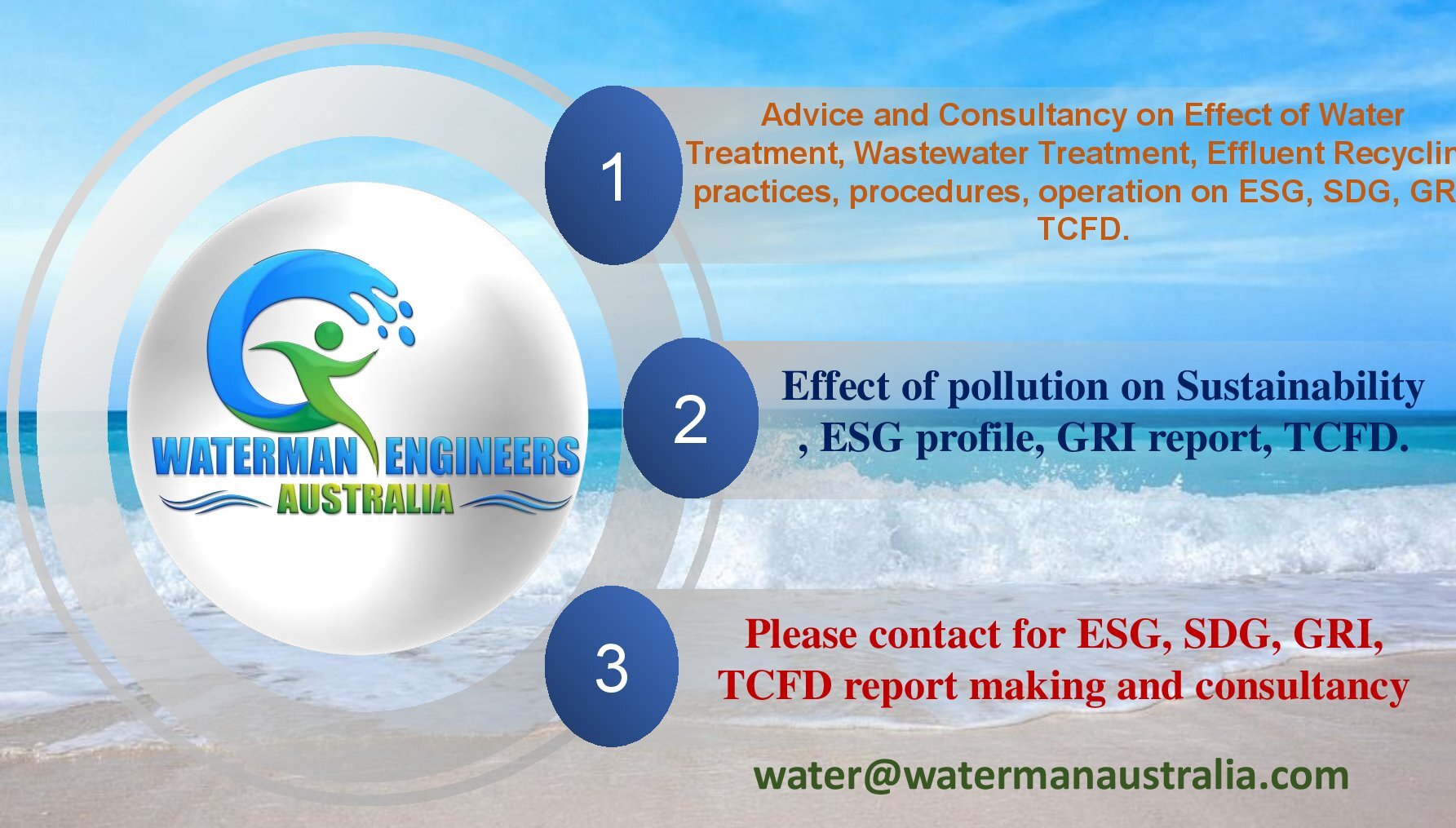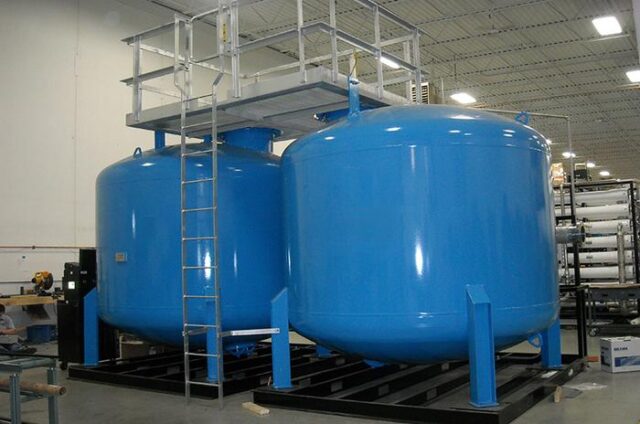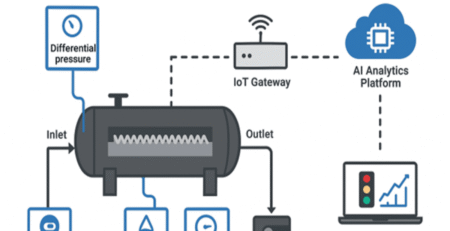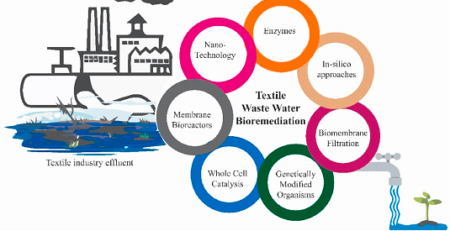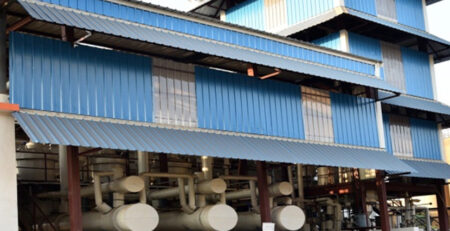Sustainable Plans, and Policies for Pharmaceutical Industry
Introduction:
Medication rubbish has a great influence on the healthcare plan and has harmful consequences on the world. Consequently, stopping the treatment from staying new across the pharmaceutical franchise creates an exciting method to attaining sustainable quantity and usage of the medicine. Companies can provide a sustainable resource as well as the use of prescriptions by developing capsules’ shelf-life time, selecting the best natural storage conditions, and modifying bundle ranges. The job of suppliers requires supply administration optimization as well as undoing shelf-life strategies. Pharmacologists can participate through proper supply supervision, improving medication planning procedures, improving distributing procedures, and distributing new treatment. Patients’ understanding of medical waste should be improved to promote sensible medication checking and to generate a commitment to take part in waste-reducing involvements. Lastly, health organizations can promote sustainability by generating understanding and implementing the waste-reducing quantity.
Medicines are suitable for individuals although can be detrimental to several types of flora and fauna. If discarded inappropriately, the medications we utilize can achieve the natural environment, particularly our tap water supplies. This pharmaceutical contamination can be difficult for the surviving bacteria, although these difficulties can also get behind us as we take advantage of this polluted water for consumption as well as growing yields.
Environmental Impacts on Pharmaceutical Industry:
Pharmaceuticals are developing as a quickly expanding international business. Global pharmaceutical transactions were 693 billion dollars in 2010 as well as are estimated to increase to around 900 billion dollars in 2015. Even though the pharmaceutical business is not deemed dirty manufacturing linked to several other businesses, it challenges new faces in managing and avoiding environmental contamination as it develops. The USEPA (US Environmental Protection Agency) stated that pharmaceutical services in the United States isolated were yearly distributing additional 50,000 loads of space, seawater, and ground chemicals comprised of 104 various substances in 1995. The pharmaceutical production unconfined an additional than 21000 tons of SO2, 19000 tons of NO2 and 6500 tons of carbon monoxide (CO), 19,000 tons of nitrogen oxide (NOx), and many other types of pollutants in 1997.
Pharmaceutical manufacturing methods also generate effluent that can contaminate streams, tributaries, and underground water. Biochemical production produces effluent from spirits, compounds, reactants, drains, moist scrubbing brush, and apparatus washing. Wastewater as of these resources is usually high-level in BOD (biochemical oxygen demand), COD (chemical oxygen demand), and overall floating objects, along with pH amounts between 1 and around 11. The methods of disconnection, cleansing and dehydrating generate wastewater contaminants as of apparatus maintenance, leaks, releases, as well as over cleaners.
 Causes of Pollution in the Pharmaceutical Industry:
Causes of Pollution in the Pharmaceutical Industry:
The medicines, as well as hormones, were supposed to make up the cattle and fowl grow quicker as well as keep them after becoming ill. Several of those drugs as well as antibiotics want to percolate into groundwater or go into rivers and provide pharmaceutical contamination.
Monitoring in Pharmaceutical Industry:
Bacteriological ecological monitoring is a method of establishing an appropriate bacteriological condition in the regulated ecosystem and identifying differences quickly. It requires the compilation of information concerning bacterial quantities retrieved from sections of air, planes, and individuals in a spotless region.
Importance of Monitoring in the Pharmaceutical Industry:
The bacteriological characteristic of medicines and biologics is required for their effectiveness and understanding care as bacterial infection of medicines affects direct harmful special effects on patient wellbeing in conditions of disease and death, and lengthy-period harmful special effects, like disease, autoimmune, as well as more infections. Furthermore, bacteria can change the understanding and pharmacological medicine of medications, along with a possibly harmful effect on their efficacy owing to the failure of the effective materials and on their protection owing to the harmfulness of possible degrading manufactured goods. Consequently, a regulator of microorganisms in medicines is vital, also by promising the absenteeism of microorganisms in disinfected medications that are managed parent rally besides practical to delicate matters or by regulatory bacterial disburden to suitable heights for no sterile medications that are managed to areas rich in bacterial vegetation through corporeal or immunological fences to contagions.
Sustainable Plans in Pharmaceutical Industry:
The necessity to execute sustainable plans in the pharmaceutical has increased power in modern periods as the business generates a substantial quantity of garbage and greenhouse fumes, separately from employing enormous quantities of tap water.
Superior power expenditure, various resource groups, and ecological contamination are several of the ecological issues that want to be adopted by the business. By increasing making procedures and improving supply cables, the manufacturing cannot just improve quantity but also safeguard conservation sustainability.
The industry can guarantee community sustainability by concentrating on delivering open to inexpensive drugs and medicines to emerging nations including impoverished healthcare organizations.
Sustainability regarding authority in the pharmaceutical business would concentrate on merchandise excellence and wide-open involvement among healthcare specialists as well as patients. The pharmaceutical industry wants to implement moral requirements mixed through the patient-positioned small business shape by leveraging numerical expertise.
Government and administration policy be able to perform a crucial part in guaranteeing conformity in the business. Authorities must offer reasons for applying sustainable procedures, but also enforce penalties for neglecting to conform.
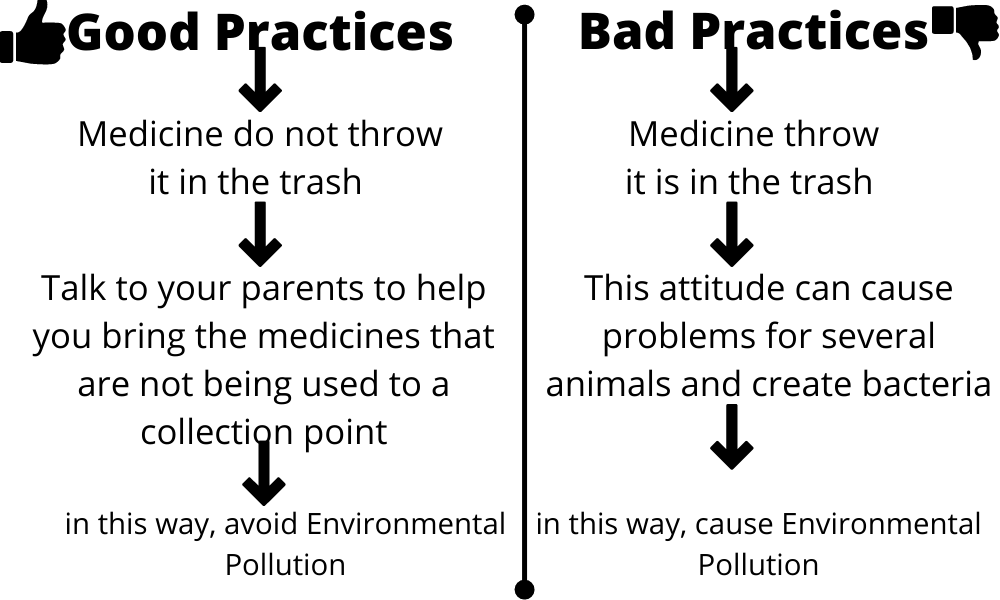
Medications that are inappropriately arranged can be dangerous. Though, it is cost considering that the accountable purpose of drugs is very valuable.
Sustainable Policy in Pharmaceutical Industry:
Sustainable strategies are the subgroup of agencies that can accomplish the required objectives, are ethically achievable, as well as reasonably feasible in the pharmaceutical industry.
A policy is a financial statement summarizing your industry’s responsibility and policy regarding all regions of sustainability in the pharmaceutical industry.
 Sustainability control by Pollution in Pharmaceutical Industry:
Sustainability control by Pollution in Pharmaceutical Industry:
Waste flows usually occur after washing and disinfecting apparatus, biological overflows, refused by-goods, and the methods. Avoidance primarily requires excess decrease by raw material replacement, procedure change, waste flow separation, and cleaner waste reprocessing.
The best efficient means to reduce waste, as well as decrease contamination, is to prevent making it. Resource decrease inhibits the production of garbage in the initial location and thus reduces the environmental influence. Fermi lab decreases trash by selecting manufactured goods and raw materials that are less poisonous or be able to simply be using pharma grade water plants to recycle or reused.
HEPA screens can eliminate 99.9% of the entire air chemicals inside the atmosphere, then they must be used in pharmacy laboratories to keep on the atmosphere and medicines available from pollutants.
Please contact us for ESG, SDG, GRI, TCFD consulting or report making on
Email
Frequently Asked Questions
1) What is environmental pollution due to pharmaceuticals?
When pharmaceutical medications and their metabolites enter the aquatic environment (groundwater, rivers, lakes, and seas) through wastewater, it is referred to as drug pollution or pharmaceutical pollution. Therefore, drug contamination mostly refers to water pollution.
2) What is the biggest issue facing the pharmaceutical industry?
Biggest Challenges in the Pharmaceutical Industry
- Supply Chain Disruptions.
- Need for Qualified Professionals.
- Challenges Reaching Healthcare Professionals (HCPs)
- Collection and Analysis of Large Volumes of Data.
- Increased Transparency.
- Resistance to Change.
- Data Security.
3) What environmental factors influence pharmaceutical companies?
These elements can be divided into several categories, including social and cultural, legal and political, economic, technological, and environmental and demographic aspects.
4) Why environmental monitoring is important in pharmaceutical industry?
Through testing and sample analysis, environmental monitoring determines the quality of the air, surfaces, and people. A finished product must adhere to suitable hygiene standards in order to be safe and effective.
5) Why is sustainability important in pharmaceutical industry?
Since the use and importance of medicines will only grow as human lifespans increase and more people live to old age, sustainability in pharmaceutical development and marketing is essential for human welfare.
Sustainability with respect to governance in the pharmaceutical industry should focus on product quality, and open association with healthcare professionals and patients. Companies need to adopt ethical standards combined with patient-oriented business model, while leveraging digital technology.
6) What is the quality sustainable policy for the pharmaceutical industry?
It is a theory of legal action implemented by the pharmaceutical industry to make sure that the protection of overall value management is efficient and in agreement with the value guarantee system set by ISO rules on well-being for good management procedures. Policies promote the pharmacy squad much further than the pharmacy landlord since they keep on the pharmacy procedures running effectively. Thus, policy progress and execution should require all group representatives for the procedure to work efficiently.
7) What are the main sustainable strategies used in Pharmaceutical Industry?
There are the main sustainable strategies used in the pharmaceutical industry such as
- Inform Your Website
- Spend on Pharma SEO
- Use Available Areas to Link up with Physicians.
- Create a Social Media Existence
- Use Client Relationship Managing (CRM) Expertise
- Offer Free Experiments
- Make Visual Benefits
- Increase Interacting Prospects
8) What are Sustainable plans for the pharmaceutical industry?
Energy Productivity and Administration. Supply Chain Organization. Business Social Obligation Assist. Energy Checking and Green Construction Documentation. Utilizing biodegradable essential wrapping raw material is a very nice green project. Separately from this, in the pharmaceutical business, liquid rubbish administration offers chance to push in the direction of sustainability. Applying zero liquid flow is an extremely tactical push that would combine to enhance sustainability.
9) How can the efficiency of the pharmaceutical industry be improved?
By capitalizing on quality apparatus and making a well-organized upkeep package, pharmaceutical trades can evade stoppage and mistakes in manufacturing, thereby cumulative efficiency. Pharmaceutical industrial processes are multifaceted; in addition, the amenities cover a wide variety of apparatus and schemes.
10) What are the quality control measures in the pharmaceutical industry?
The main impartial of quality control measures in the Pharmaceutical Industry is to examine the medications in their numerous phases of manufacture, confirming that they are talented to continue to the following phase and announcing the industrial procedure in agreement with the rules and conditions obligatory for ingesting.
